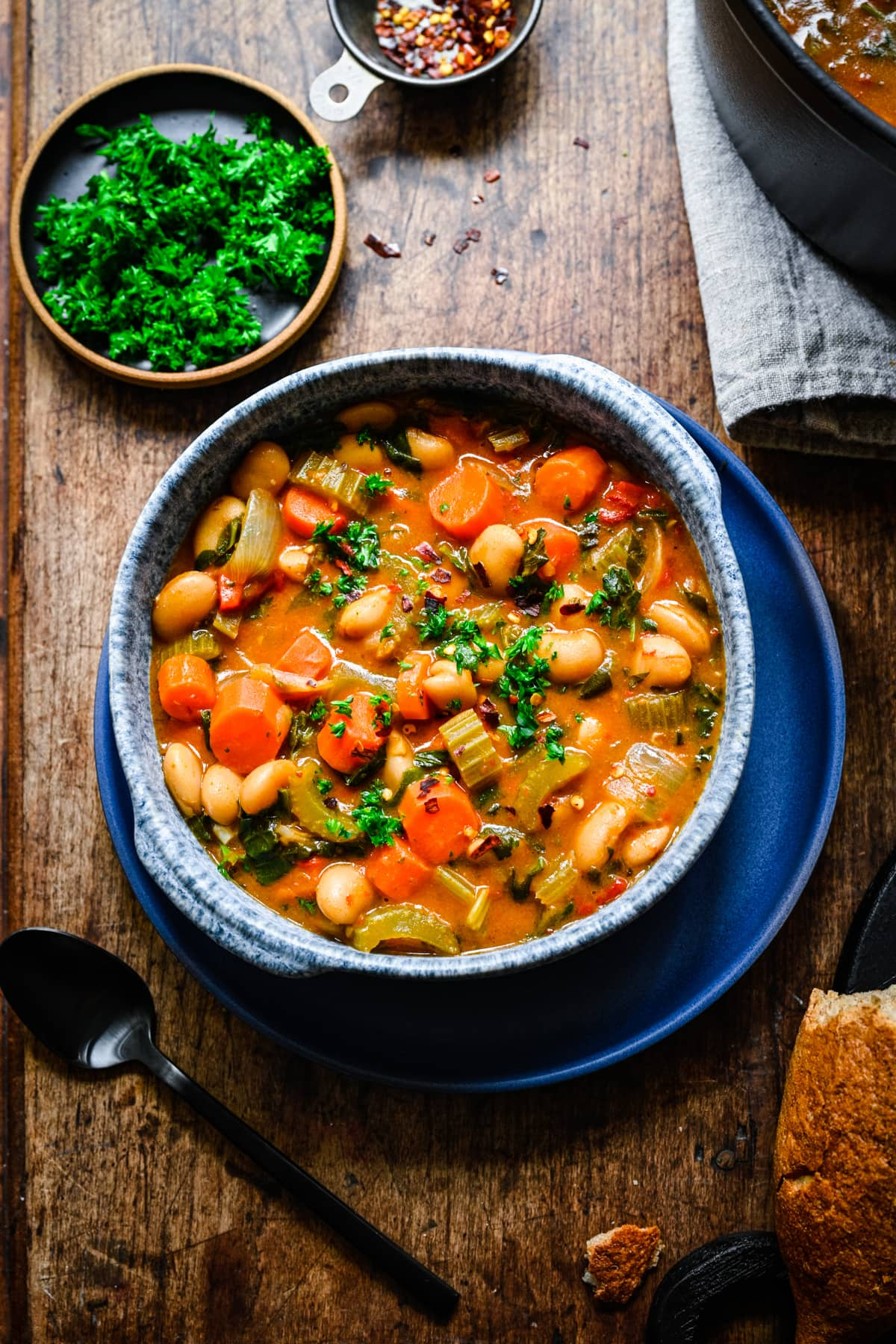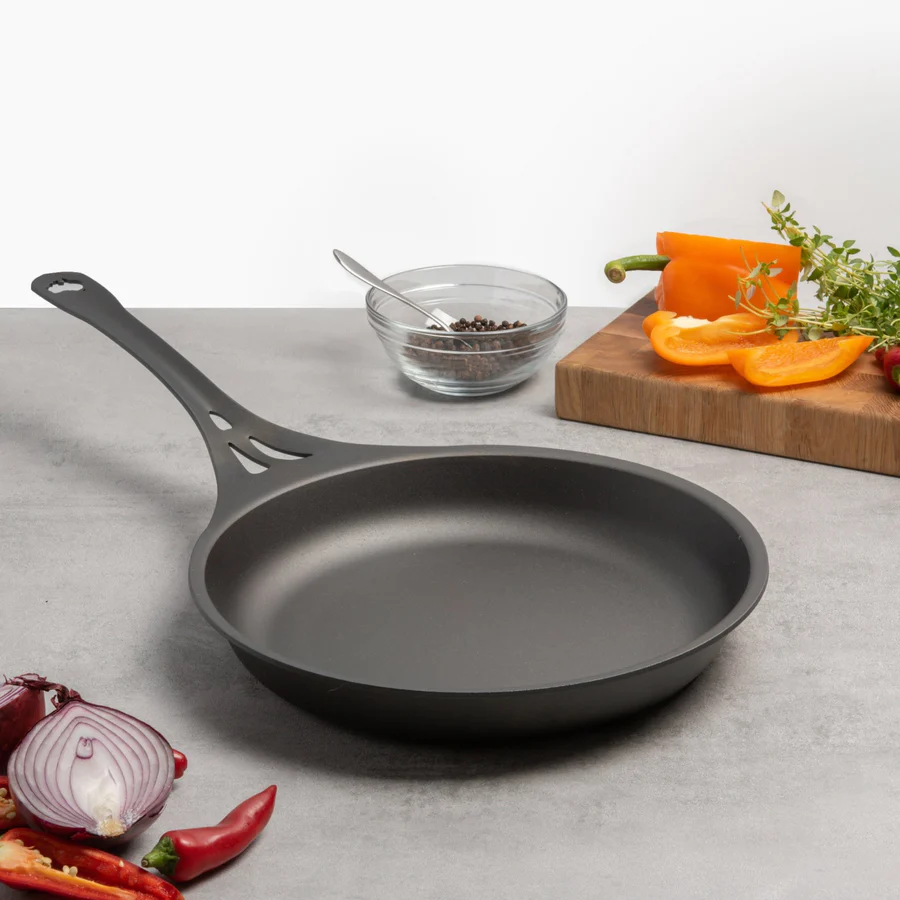Homemade Vegan Broth and Stock: Simple Recipes

Homemade vegan broth and stock are the building blocks for soups, stews and sauces. They lock in savoury notes, boost nutrition and cut waste. When you use scraps and whole veg, you know exactly what goes into your food. Freeze leftovers in silicone Souper Cubes.
Make your own broth from veggie scraps (From My Bowl).
To sterilise, put jars, lids and rubber seals on hot dishwasher cycle (fill with hot broth while warm). Or wash in hot soapy water, then ‘cook’ in pre-heated oven (to 160 degrees C) for 15 minutes (again fill with hot broth while still warm).
Check medication before consuming leafy greens, due to vitamin K. Avoid seaweed for thyroid issues and miso for pregnancy/nursing and weak immune systems (due to being unpasteurised). Read more on food safety for people and pets.
Just bin garlic/onion/allium scraps (plus citrus and rhubarb) as the acids can harm compost creatures.
Classic Vegetable Stock
The classic vegetable stock is a kitchen staple. Start with onions, carrots and celery. Toss in garlic, bay leaves, peppercorns and a few sprigs of parsley. Simmer it slowly for an hour or more.
This simple mix works for nearly any dish, from risotto to ramen. The flavour is balanced and clean, making it a reliable choice for most recipes. It’s easy to freeze, so you can always have some on hand.
Mushroom Broth for Umami
Mushroom broth brings out earthy, rich tones you won’t get from standard veg. Use a mix of fresh and dried mushrooms for best results. Dried shiitake or porcini have deep, savoury flavours. Add some garlic, thyme and a splash of soy sauce.
Simmer gently to extract that meaty taste, perfect for noodle soups or as a base for vegan gravy. It’s a secret weapon for anyone missing the depth of meat-based stocks.
Miso Broth with Seaweed
Add miso paste to homemade broth for a taste of Japanese cooking. Miso delivers salty-sweet complexity, while kombu (a type of seaweed) gives a subtle ocean flavour. Combine with sautéed onion, carrot and daikon radish. Avoid miso for pregnancy/nursing and weak immune systems, due to being unpasteurised.
Let it simmer for twenty minutes, add leafy greens if you like, then stir in the miso just before serving. This broth works well with tofu, noodles or steamed veg.
Roasted Vegetable Stock
Roasting your vegetables before simmering transforms the flavour; everything is deeper, slightly sweet and smoky. Use scraps or whole veg like onions, carrots, tomatoes and parsnips. Drizzle with oil and roast at a high heat until caramelised.
Scrape it all into a big pot, cover with water and simmer. This method adds strength to your soups and stews, plus it’s a great way to reduce kitchen waste.
Herb-Heavy Green Broth
This broth is bright, fresh and full of nutrients. Use plenty of fresh herbs like parsley, dill, basil and coriander. Add leek greens, celery leaves and spinach for more colour and vitamins. Simmer everything briefly to keep flavours lively.
This green broth is lovely for spring soups, as a base for minestrone or even as a sipping broth.
Spicy Ginger and Lemongrass Broth
For bold, warming broth, go for ginger and lemongrass. Slice both thin, add garlic, onion, a few slices of fresh chilli and lime leaves if you have them. Simmer gently to draw out the citrus and heat.
This broth is perfect for Thai-inspired soups or when you want something with a bit of a kick. It stands out on its own or as the heart of a quick noodle bowl.
Scrap Stock for Zero Waste
Never throw away veg peelings, stalks and ends. Collect scraps in your freezer, then simmer into a thrifty stock. Use onion skins, carrot tops, leek trimmings, herb stems and garlic skins.
Skip anything starchy like potato skins to keep the broth clear. This method keeps food waste down and gives you a unique broth every time.
Sweet Corn Broth
When corn is in season, use the husks and cobs (with a few kernels left on) to make a sweet, subtle broth. Add onion and a few peppercorns. Simmer for forty minutes for a light broth that’s great for summer soups and chowders.
Keep corn cobs away from pets, they are choking hazards.
Tomato-Based Broth
Tomatoes bring acidity, colour and a strong base for Mediterranean recipes. Simmer fresh tomatoes, a bit of onion, garlic, basil and a splash of olive oil. The tomatoes break down and enrich the liquid.
This broth is lovely with pasta dishes, bean soups or used as a braising liquid for vegetables.
Root Vegetable Stock for Depth
Root vegetables give deep, earthy notes. Use parsnip, celeriac, swede and carrot. Add a small potato for body. Roast the veg for more flavour, or simmer as is.
This stock makes a firm base for hearty winter soups and pies. It’s filling, warming and full of nutrients.
Simple Vegan Broth Recipes
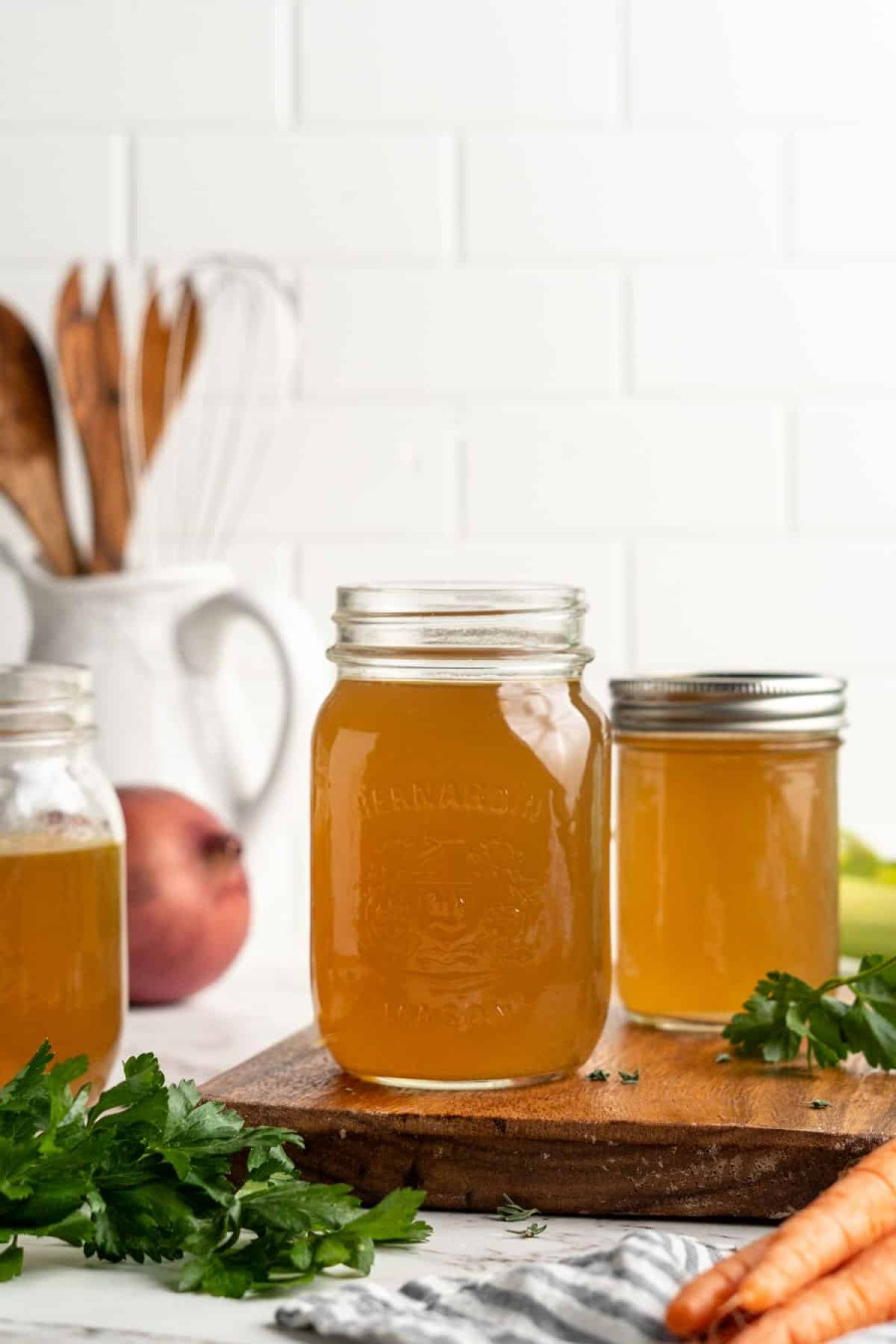
This veggie broth recipe (Jessica in the Kitchen) is not just easy to make and delicious, but makes use of all your veggie scraps, to stop food waste and save money. This recipe uses celery, carrots, red onion, garlic, thyme, parsley and frozen veggie scraps, plus filtered water.
You can add optional mushrooms, bell peppers, salt, peppercorns and liquid aminos, but the chef suggest not to use broccoli, cauliflower, Brussels or kale, as they would make your both too bitter (also omit potatoes that would make it too cloudy).
Strain the broth over a large bowl, discard the solids and divide into containers to store.
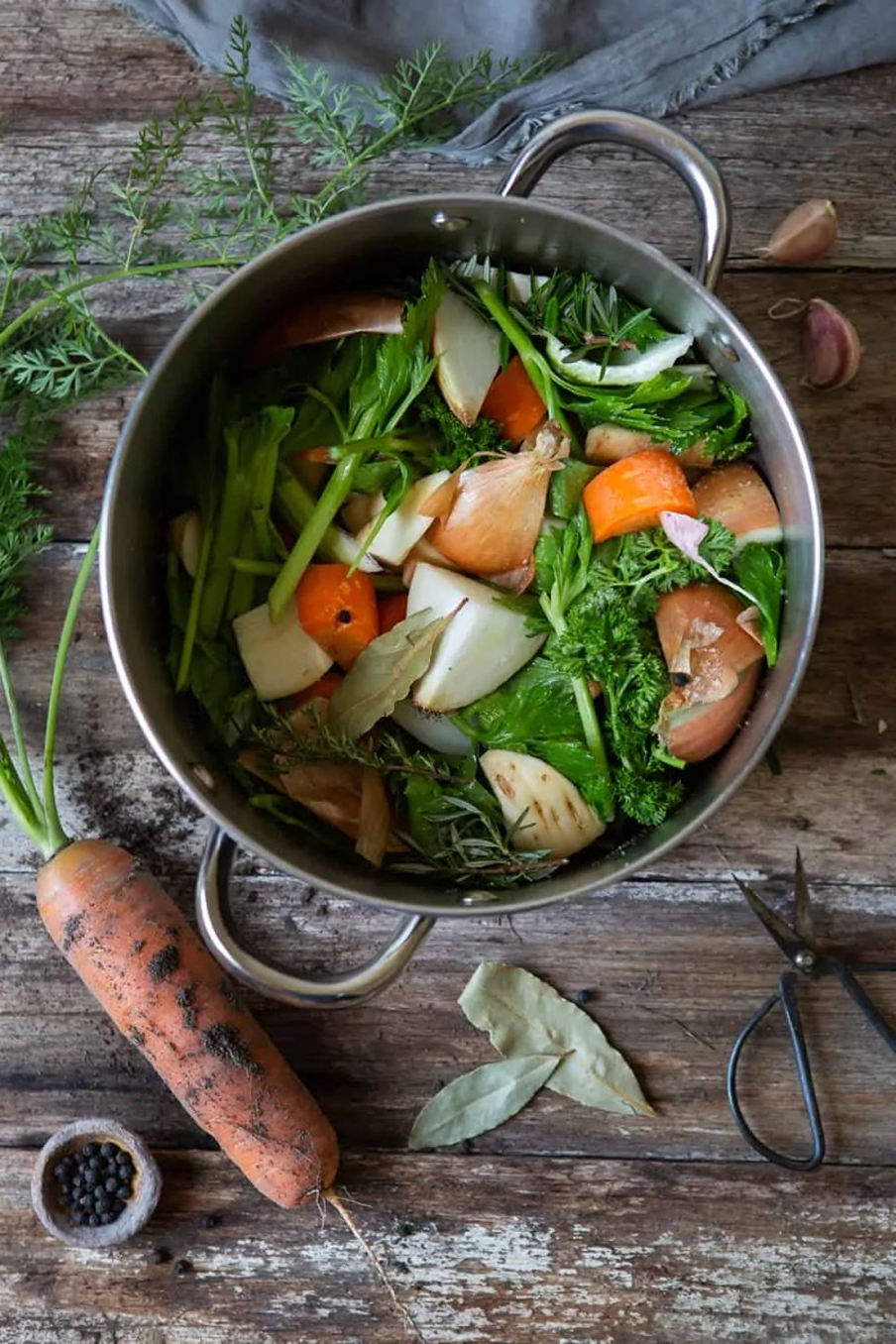
This homemade vegetable broth (Heartful Table) is a simple mix of onion, garlic, carrot, celery stick, fresh herbs, peppercorns, parsnip, miso and seaweed (not for thyroid issues).
Homemade Vegan Bouillon Powder
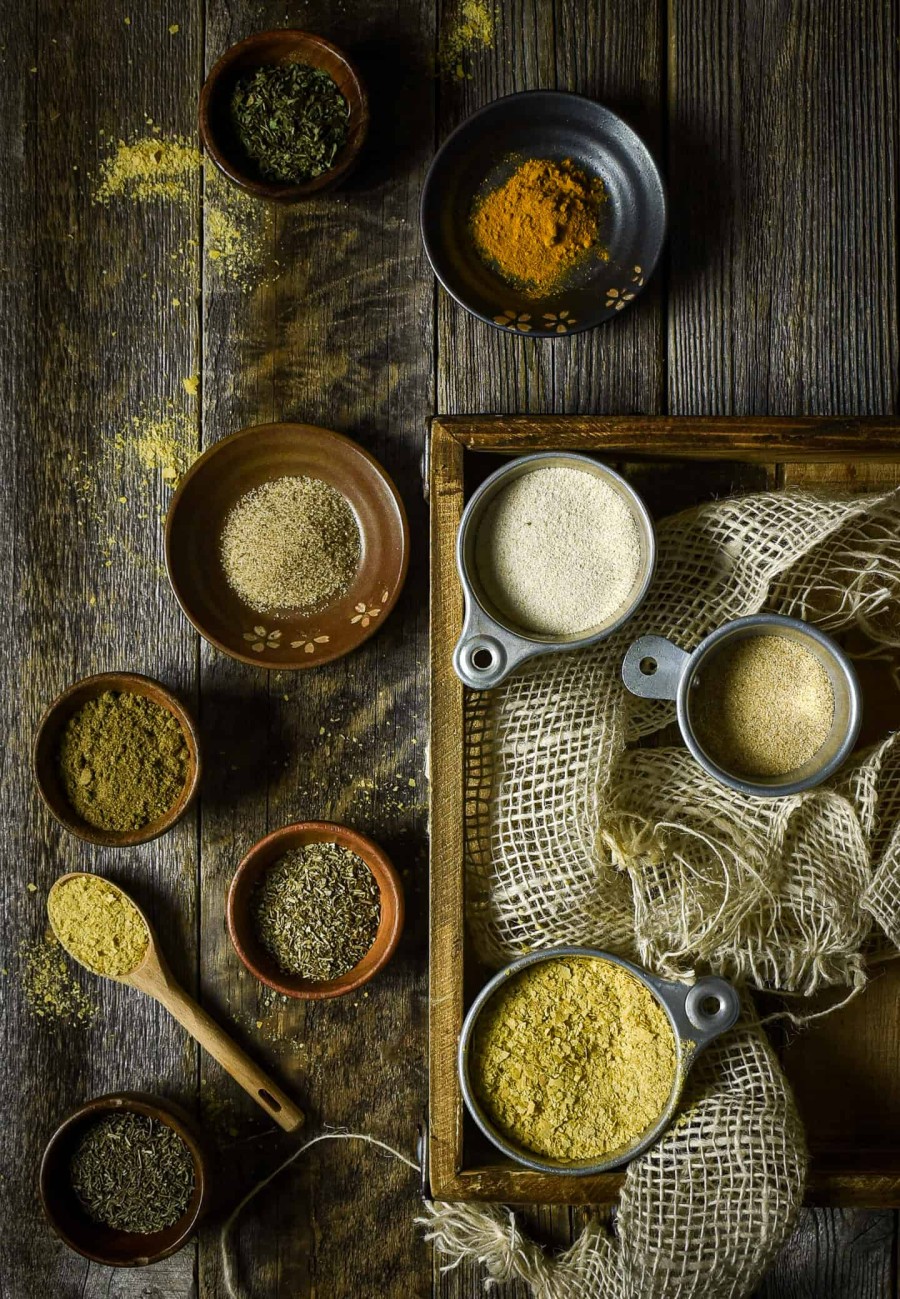
This homemade Bouillon Powder (Shane & Simple) is simple to make to add flavour to soups and stews. Or try his 1-ingredient veggie broth.
One major brand of store-bought stock includes ‘vegetable fat, chicken meat and fat, hydrolysed vegetable protein (if you don’t know what it is, you shouldn’t be eating it), sodium insoinate and guanylate and permitted flavourings (eggs – and what?)
The Myth that ‘Bone Broth’ is Good
This is just another influencer-type myth. You can get all the same nutrients from plants. Amy at Wallflower Kitchen has created a good ‘vegan bone broth’ and has an excellent article on why her broth is just as good. Or try these 3 simple recipes.
Just like beauty gurus selling collagen for skin, we make our own collagen, so don’t need to eat it or put it on our faces from cows.
If you want to heal your stomach, eat proper food and include healthy fats. Her recipe uses shiitake mushrooms (good for inflammation) and wakame seaweed (not for thyroid issues or certain medical conditions) plus turmeric (an anti-inflammatory spice).

